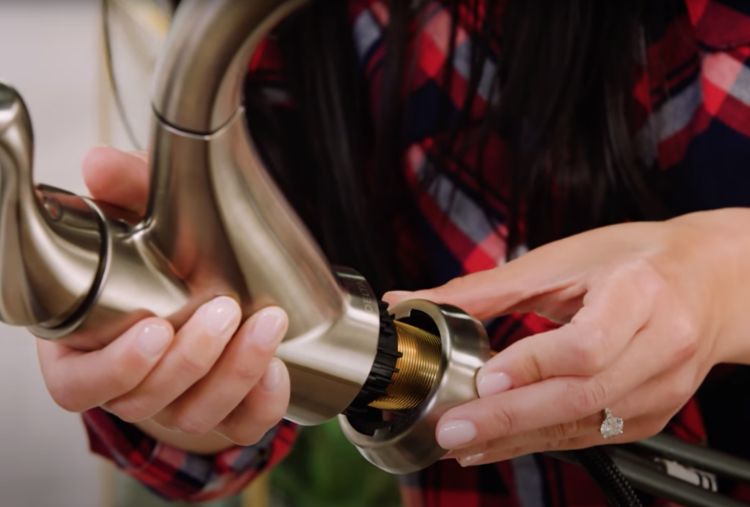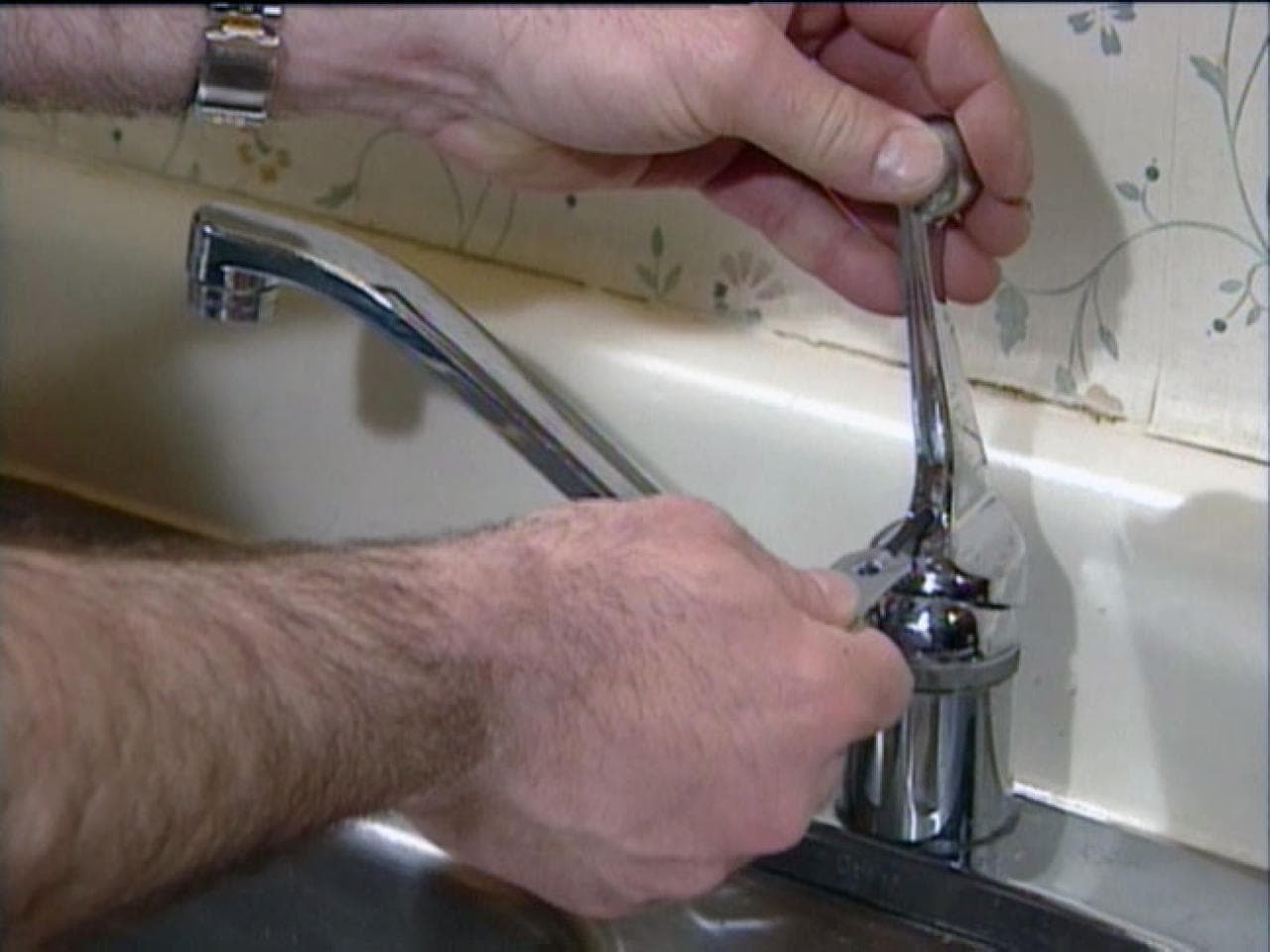Factors Why It's Vital to Repair a Faulty Faucet
Factors Why It's Vital to Repair a Faulty Faucet
Blog Article
What are your thoughts about Why It's Important to Fix Leaky Faucets?

Dripping faucets might appear like a small trouble, yet their influence surpasses simply the inconvenience of the sound. From wasting water to incurring unnecessary financial costs and health risks, ignoring a trickling tap can result in numerous consequences. In this article, we'll delve into why it's important to address this common household concern without delay and successfully.
Waste of Water
Environmental Influence
Leaking faucets add dramatically to water waste. According to the Environmental Protection Agency (EPA), a solitary faucet trickling at one drip per second can waste greater than 3,000 gallons of water per year. This not just stress water resources however also impacts communities and wild animals dependent on them.
Step-by-Step Overview to Fixing a Dripping Faucet
Devices Required
Before trying to fix a leaking tap, collect the necessary devices, including an adjustable wrench, screwdrivers, substitute components (such as washers or cartridges), and plumber's tape.
Typical Tap Issues and Their Solutions
Recognize the type of faucet and the particular problem triggering the drip. Usual troubles consist of damaged washing machines, rusty shutoff seats, or faulty O-rings. Refer to manufacturer instructions or online tutorials for detailed advice on repairs.
Financial Prices
Raised Water Costs
Past the environmental effect, dripping taps can blow up water expenses significantly. The built up wastage with time equates right into greater utility expenditures, which might have been avoided with prompt repair services.
Potential Residential Property Damage
Moreover, extended dripping can bring about damage to components and surfaces bordering the tap. Water accumulation can trigger discoloration, rust, and also structural problems if left neglected, leading to extra repair service prices.
Health Worries
Mold and Mildew Development
The consistent presence of moisture from a leaking tap creates an excellent environment for mold and mold development. These fungis not just compromise indoor air high quality however also present wellness threats, particularly for individuals with respiratory conditions or allergies.
Waterborne Diseases
Stagnant water in dripping taps can come to be a breeding place for microorganisms and various other microorganisms, boosting the risk of waterborne conditions. Impurities such as Legionella germs flourish in stagnant water, possibly causing severe diseases when ingested or breathed in.
DIY vs. Specialist Repair service
Advantages and disadvantages of DIY Fixing
While some might attempt to deal with a leaking tap themselves, DIY fixings include their very own set of difficulties. Without proper understanding and devices, DIY efforts can aggravate the issue or cause incomplete fixings, prolonging the issue.
Advantages of Working With an Expert Plumber
Employing a specialist plumber guarantees that the underlying root cause of the trickling tap is addressed efficiently. Plumbing professionals have the know-how and tools to detect and fix tap concerns efficiently, saving time and minimizing the risk of further damage.
Ecological Duty
Specific Payment to Preservation
Taking obligation for taking care of leaking faucets lines up with broader efforts towards water preservation and environmental sustainability. Every individual's activities jointly make a considerable impact on maintaining valuable resources.
Lasting Living Practices
By focusing on prompt fixings and embracing water-saving practices, people contribute to sustainable living techniques that benefit both existing and future generations.
Preventive Measures
Normal Maintenance Tips
To stop leaking faucets, carry out routine upkeep such as cleaning up aerators, checking for leakages, and changing worn-out parts promptly. In addition, think about mounting water-saving devices or upgrading to a lot more reliable components.
Importance of Prompt Repair Works
Attending to leaking taps as quickly as they're observed stops additional water waste and potential damage, ultimately conserving both water and cash over time.
Effect On Building Worth
Understanding of Well-Maintained Home
Maintaining a home in good condition, including attending to maintenance concerns like leaking taps, improves its regarded value and worth among possible purchasers or lessees.
Influence on Resale Worth
Residences with well-maintained plumbing fixtures, consisting of faucets, command higher resale worths in the property market. Dealing with leaking taps can contribute to a positive impact throughout residential or commercial property assessments and arrangements.
Conclusion
Addressing a leaking faucet exceeds simple comfort; it's a crucial action towards conserving water, decreasing monetary costs, and securing wellness and residential or commercial property. Whether with do it yourself fixings or specialist assistance, taking action to repair leaking faucets is a small yet impactful method to promote responsible stewardship of resources and contribute to a healthier, more sustainable future.
How to Fix a Leaky Faucet: Step-by-Step Repair Guide
A leaky faucet may seem like a simple annoyance, but if it's not fixed promptly, that leak could cost hundreds to potentially thousands. From water damage to mold, mildew, and high water bills, even a tiny leak can be catastrophic if left unattended. Damage like this can even affect the overall value of your home, so it's important to take the right approach for leaky faucet repair. You may need the help of a plumber in some cases, but we've got a few tips you can try on how to fix a leaky faucet before calling the pros.
Four Faucet Types
When you're learning how to fix a leaky faucet, the first step is knowing what kind of faucet you're working with! There are four common types.
Cartridge Faucets
Cartridge faucets come in one- or two-handled varieties. In one-handled cartridge faucets, hot and cold water combines in a single cartridge. In the two-handled versions, hot and cold water are controlled separately and mixed in the faucet.
Ball Faucets
Ball faucets have a single lever you push up and down to adjust the pressure and rotate to change the temperature. A slotted metal ball controls the amount of water allowed into the spout.
Compression Washer Faucets
They're the oldest type of faucet, but they're still used in many homes — especially older ones. Compression faucets have two separate handles that, when turned, raise or lower the washer that seals a water valve. This valve stops water from flowing through the faucet when it is turned off.
Disc Faucets
Disc faucets rarely need to be repaired due to their maintenance-free design. The water flow is controlled by two discs — the upper one raises and lowers against a fixed lower disc, creating a watertight seal. If your disc faucet starts leaking, you may need to replace the seals or clean residue buildup from the inlets.
Fixing a Leaky Faucet
Step 1: Turn Off the Water
Whether you're learning how to fix a leaky bathtub faucet or how to fix a leaky kitchen faucet, always turn off the water supply to your working area when you're fixing a leak. The last thing you want is a flood added to your list of things to fix.
Look for the shutoff valves below your sink or around the tub and turn them clockwise to stop the water flow. If your faucet doesn't have shutoff valves, you may need to turn off the water for the whole house. Check to make sure it's off by turning the faucet on. If nothing comes out, you're ready to start the repair.
Step 2: Take Apart the Faucet
How you disassemble your faucet depends on the type of fixture you have. You can use a flathead screwdriver to remove the caps on top of the handle or handles for cartridge and compression faucets. Inside, you should see handle screws. Unscrew these with a screwdriver to remove the handle.
Disc- and ball-style faucets will typically have an inlet screw near the handle, and removing that will reveal the interior of the faucet.
Detach the Valve Stem
For cartridge- and compression-style faucets, you'll see the inner valve stem or cartridge once you remove the faucet handles. If you have a compression faucet, unscrew the brass valve stem. If you have a cartridge faucet, pull out the cartridge. If your cartridge has been in place for a while, it may require some tools or extra force to remove it due to mineral deposits.
Examine and Replace Parts
Once you've removed the parts, check them out to confirm what needs to be replaced. You may see corroded rubber washers, O-rings, stems, or cartridges. On a ball-style faucet, check the seats and springs for damage.
If you need to repair a leaky disc faucet, check the inlet and seals on the lower disc.
Once you determine what parts must be replaced, visit your local hardware store. Bring the damaged parts with you to ensure you can purchase the correct components to replace them.
Clean Valves and Faucet Cavity
If you've removed a stem or cartridge, you may notice mineral buildup in the faucet's threads. Use white vinegar to clean the valve seat by soaking it for a few minutes, then scrub it away with a soft toothbrush and rinse with warm water. You can also clean the interior of the faucet in the same way.
Reassemble the Faucet
Once your faucet is cleaned and the required parts have been replaced, it's time to reassemble it. Put the pieces back together and slowly turn the water supply back on. Doing this slowly is crucial because too much initial water pressure can damage the new hardware you've just installed.
https://homewarranty.firstam.com/blog/how-to-fix-leaky-faucet

As a person who reads about What Causes Leaky Faucets & How To Fix Them, I was thinking sharing that information was beneficial. Sharing is good. Helping others is fun. Kudos for being here. Don't forget to pay a visit to our blog back soon.
Report this page